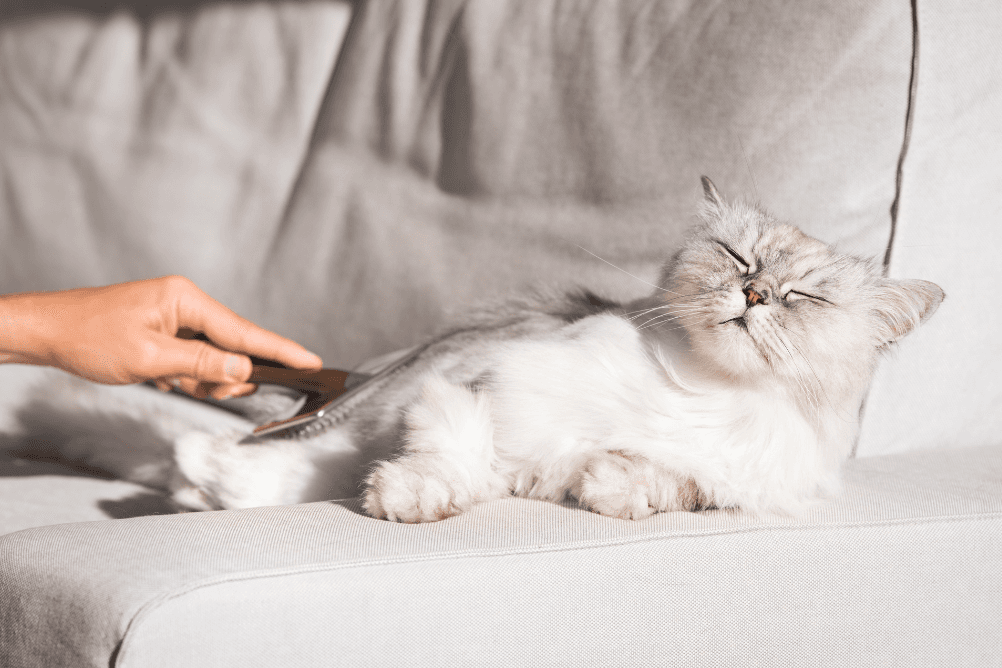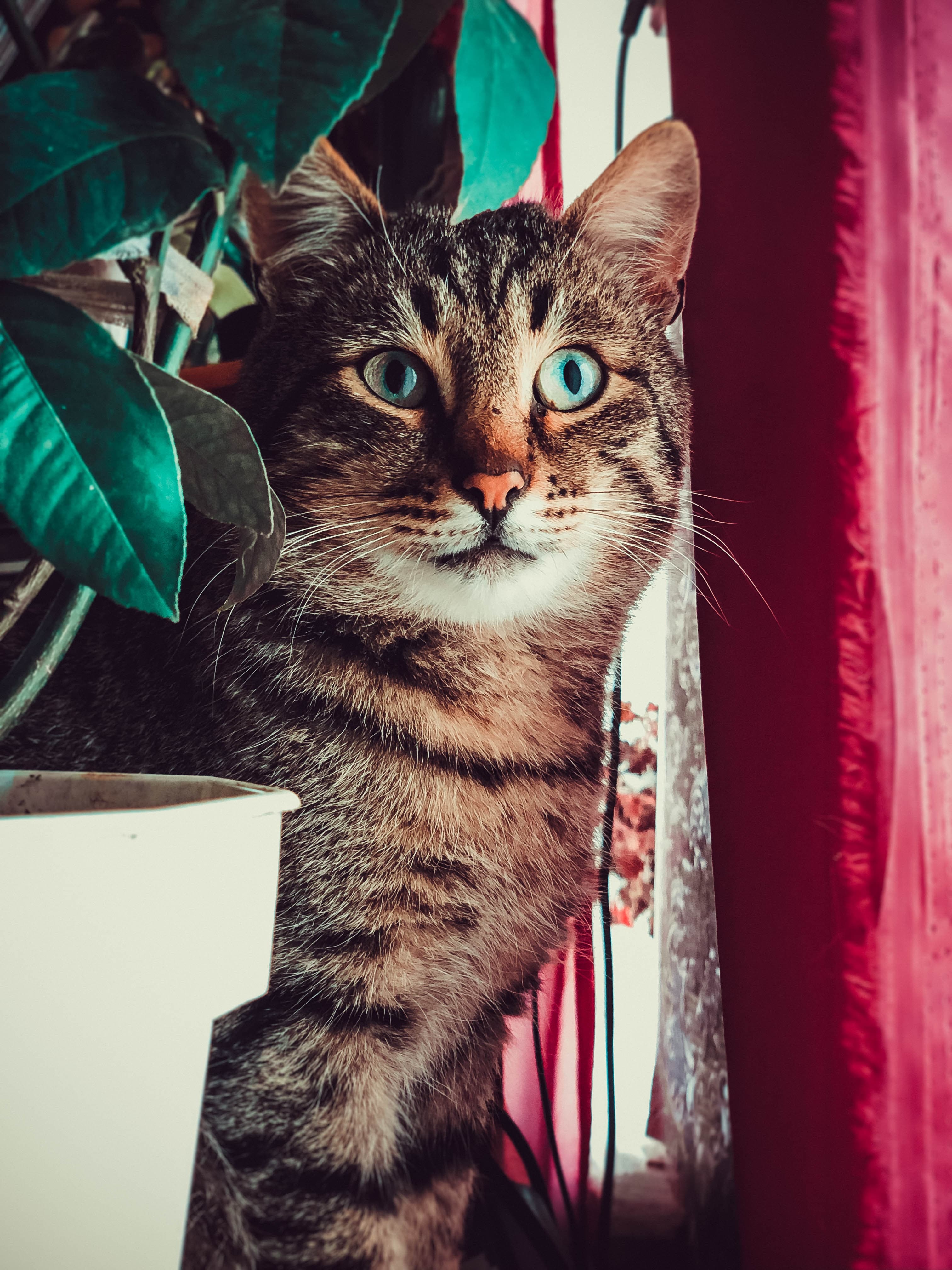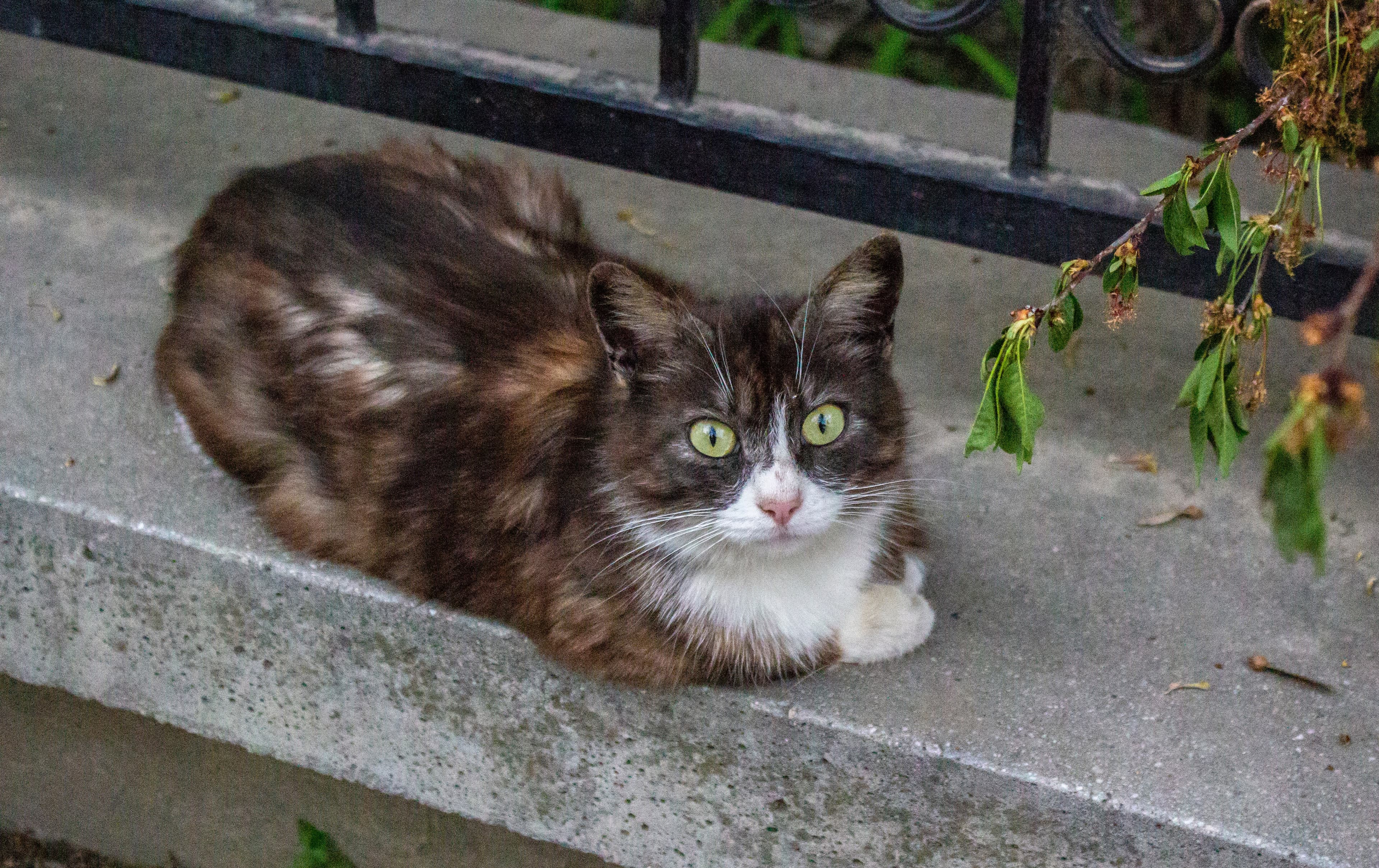Fur care for cats - Everything you need to know
Cats care for and clean their fur by washing it with their tongue, which secretes a natural protective layer of fat. A cat with short fur can usually manage to keep clean on its own, but at the same time there are advantages to helping your short-haired cat with the fur care. If you have a long-haired cat, on the other hand, it is even necessary that you help it take care of its fur.
The cat’s fur
The breed and genes determine the color and texture of the cat's coat. In most cats, it consists of both top hair and undercoat. It is the top hair that determines the coat's color and markings, while the undercoat is the insulating layer of fine, short hair just above the skin. The hair density is generally very high in a cat and, in addition, cats lose a large amount of hair during the fur change in the spring and autumn.
Why you should help your cat with fur care
Tangles, dirt and hairballs
A long-haired cat can easily get dirt and tangles in its fur that it cannot remove or sort out by itself. By brushing the cat's fur at least once a week, preferably daily, you ensure that this is avoided, which is positive for the cat's well-being. If possible, you should also bathe your long-haired cat about every two months to help it stay clean. Tangles that cannot be resolved may otherwise need to be shaved or cut away. Here you will find a scissor that are suitable for that, but sometimes you may also need to have a vet remove them.
In both long- and short-haired cats, regular brushing reduces the amount of hair that the cat swallows, which prevents problems with hairballs (bezoar). It is not very pleasant, neither for the cat nor for the people around it, to have to throw up hairballs.
Additional reasons
Brushing also means a pleasant activity for you and your cat that strengthens the trust between you. In addition, regular brushing reduces the amount of loose hair in the home, which can otherwise be a lot, especially during the shedding periods. Not only that - brushing stimulates blood circulation in the cat's skin, promotes a healthy, shiny coat and gives the cat a relaxing feeling. You, who are allergic to fur and have a hypoallergenic cat breed, also reduce exposure to allergens (mainly through loose hair) by brushing and bathing your cat often.
Get your cat used to brushing
Since not all cats appreciate being brushed, training may be necessary at first. Start by limiting yourself to your cat's favorite places, such as the chin, and gradually you can then expand to other body parts. Calmness and patience are then important and an occasional treat can also help make brushing more appreciated. Some cats don't like brushes at all but may be fine with a fur care glove, like this one. Also remember not to brush the fur against the hair - cats don't like that at all.
Clean your cat’s fur - step by step
Bathe the cat in warm water, it likes that, but not too hot
Use a good shampoo and conditioner formulated for cats
Do not rub when drying the cat with a towel as it will easily get tangles
After the towel, you can blow dry the cat's fur so that it is completely dry and then use a hair dryer with adjustable temperature and blowing power
Finish by brushing through your cat's fur with a brush or fur care glove






